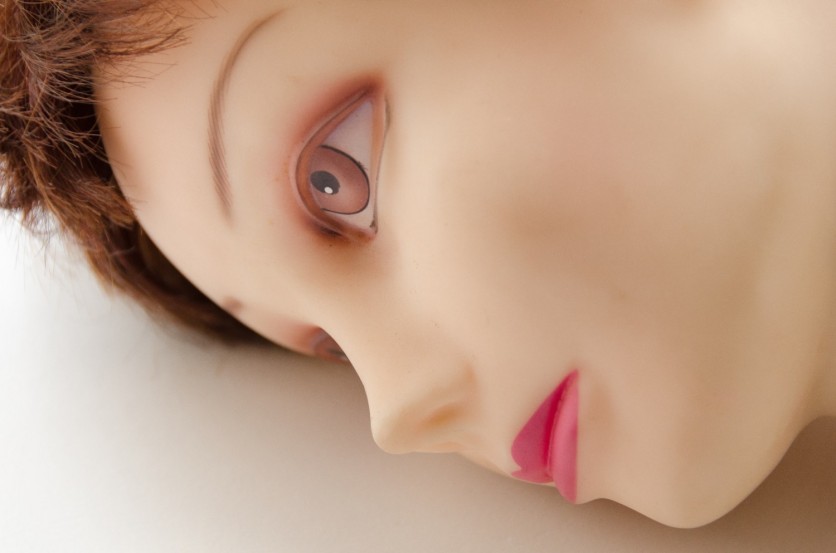
Some businesses have been caught employing AI technology to place fake employees on their about us pages, and one owner claimed that adding them made his business look larger than it was.
Business Websites Suspiciously Using AI-Generated Images
In an attempt to appear bigger and perhaps more successful, some businesses use fake and AI-generated photos of employees who do not exist on their about us internet pages. According to Evan Ratliff's Insider investigation, firms were employing Generative Adversarial Network (GAN) software to create AI-generated images on their websites to give the appearance that these persons were employees.
One of the companies found using AI-generated images was takeIELTS. To understand better why they do what they do, Business Insider states that Ratliff met with Lukas, the man behind the Austrian test-prep company takeIELTS. The man confessed to using a handful of fake photographs on the company's "about us" website. This is after Ratliff spotted various oddities among the "workers," including one who wore only one earring and another who shaved one side of his face closer than the other.
Despite the fact that the organization appears to have a high number of favorable ratings from actual clients, Lukas informed Ratliff that the image of a huge staff boosted takeIELTS' trustworthiness.
"It conveys the right message that it's a big company working with professionals," said Lukas.
Also Read : This AI Image-Generating M1 Mac App Might be Your Best Option; Here's How Diffusion Bee Works
Ratliff speculated that Lukas' logic was most likely the driving force for many of the 'about us' websites, adding that some businesses may desire to represent a degree of diversity they had never achieved by bulking up worker rosters. However, when Ratliff checked in on takeIELTS months later after the interview, Lukas deleted all the fake images and altered the company's name.
But the concept persists: while the use of GANs to generate "nonexistent individuals" online has expanded in recent years alongside the expanding capabilities of AI, they are typically utilized as a part of a scam or to sway people during the most important events in their countries (elections).
"They aren't meant to impersonate anyone, or steal an identity. They're meant to impersonate everyone, to mimic the fundamentals of human appearance with increasing fidelity," Ratliff wrote.
Fake photos blanketed the website of another company, Informa Systems, which sells law enforcement training resources to the City of Austin Police Department. Ratliff discovered a photograph of the company's alleged chief marketing officer, "Roger Tendul," on 30 additional websites. Among all of them, only one Informa Systems employee, Mark Connolly, seemed genuine.
Many individuals find it alarming that AI-generated visuals are being used to incite suspicious online behavior. While it may be advantageous for businesses to utilize photographs on their websites to make them seem aesthetically appealing, others are using it to spread a false narrative online.
In return, Ratfliff claims that companies are now developing technologies to detect fake AI-generated photos on business websites and elsewhere on the internet.
Related Article : Getty Images Bans AI-Generated Art Over Fear of Copyright Issues and Potential Legal Problems
This article is owned by Tech Times
Written by Thea Felicity
ⓒ 2025 TECHTIMES.com All rights reserved. Do not reproduce without permission.




